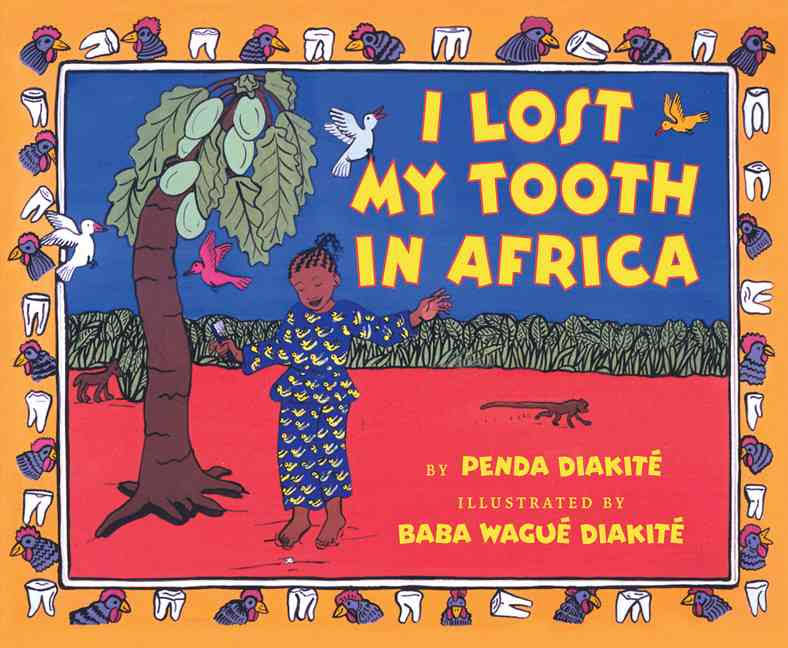Lesson 2: Learning “Wawanko”
Aim: How are movements used to express the message of the lyrics in “Wawanko”?
Summary: Students will learn to sing in call and response and create their own movements.
Materials: Musical Explorers digital resources, Musical Explorers Student Guide
Standards: GA: SC: MGK-2.1, MGK-2.2, MGK-2.3, MGK-2.5, MGK-2.6
Vocabulary: call and response, improvise
Sing “Wawanko”
- Listen to “Wawanko,” Track 15.
- Learn the lyrics using “Wawanko” pronunciation, Track 16, and the call and response using “Wawanko” call and response, Track 17.
- Call and response is when one person sings first and the group sings back. Yacouba sings the “call,” and the rest of the musicians sing the “response.”
- Divide the class into two groups. Have one group sing the call and the other group sing the response.


Explore the Lyrics to “Wawanko”
- Discuss the lyrics of the song.
- “Wawanko” is about long-lasting friendship. Think of a special friend.
- What makes this friend special?
- What fun things do you like to do together?
- Why are friends important?
- How can you be a good friend?
- “Wawanko” is about long-lasting friendship. Think of a special friend.
Explore Instrumental Improvisation in “Wawanko”
- Listen to “Wawanko,” Track 15. Ask your students to raise their hands each time they hear an instrumental break, when just the instruments are playing and no one is singing.
- Note that each section of singing is followed by an instrumental section, in which one instrument plays a solo.
- Is the instrumental part the same every time, or different each time?
- Explain that the musicians improvise their solos, making up music on the spot based on the accompaniment to the song.
- Raise your hand when you hear an instrument’s solo.
- Which instrument is playing?
- Which solo do you like the best and why?
Creating Movement to “Wawanko”
- Teach your students the simple clapping pattern for “Wawanko.”

- As a class, walk to the steady beat of “Wawanko,” Track 15, while singing the call. On the response, stop and sing while performing the clapping pattern.
- Discuss how there are two movements for “Wawanko.” The first movement is something you do by yourself, and the second movement connects each person to both their neighbors.
- Guide your students in creating their own two-part movement to perform during the response.
- The first part of the movement is something you do by yourself, like the hand claps in the original movement pattern.
- The second part of the movement requires a partner, like the “patty cake” motion in the original movement pattern.
Creative Extension: Communicating in Bambara
- On SG22, your students will have an opportunity to learn a few phrases in Bambara, which have some interesting cultural significance. While French is the official language of Mali, only a small percentage of Malians speak French. Bambara is the first language for the vast majority of Malians.
- In addition to the phrases on SG22, another interesting tradition to explore is “sinankuya,” loosely translated as “joking cousins.” It is a tradition of good-natured teasing that can happen between family groups or between individuals. The most common joke: “You love to eat beans.”
 Literacy Extension: I Lost My Tooth In Africa
Literacy Extension: I Lost My Tooth In Africa
Losing a tooth in Mali brings a whole new adventure for Amina!
In I Lost My Tooth in Africa—written by Amina’s sister, Penda
Diakité, and illustrated by her father, Baba Wagué Diakité—
Amina visits her family in Mali and learns about new traditions.
Musical Word Wall
Add call and response and improvise to the Musical Word Wall.
PDF Downloads
SG22 ↓ Download File
Musical Explorers Audio Tracks
